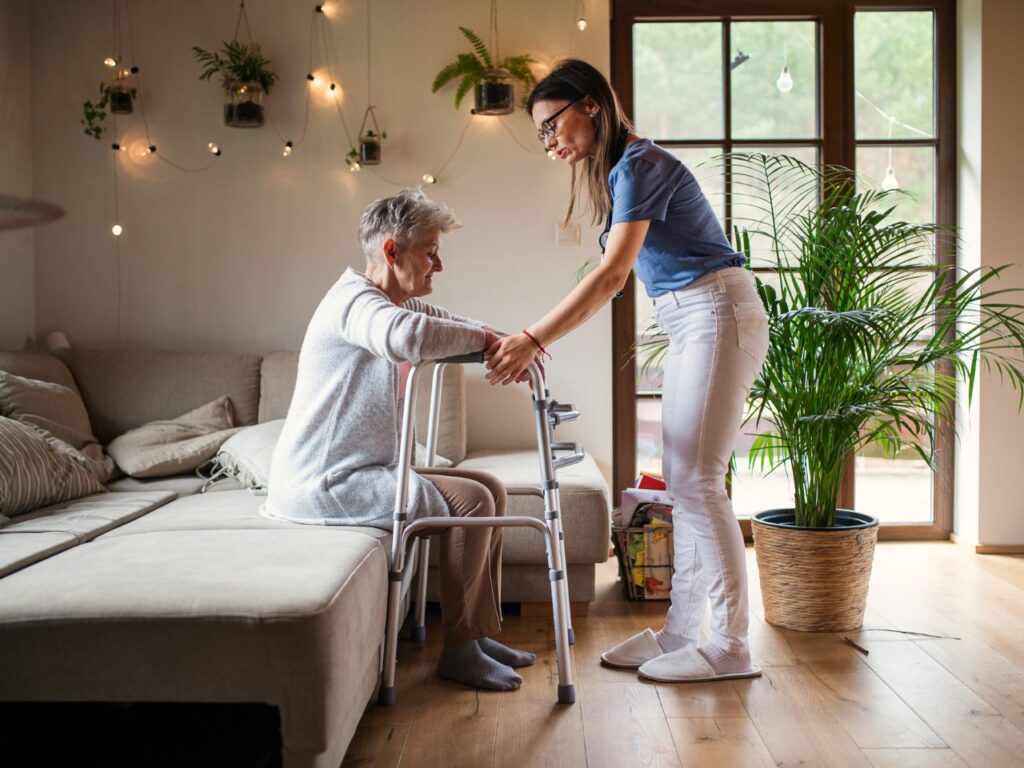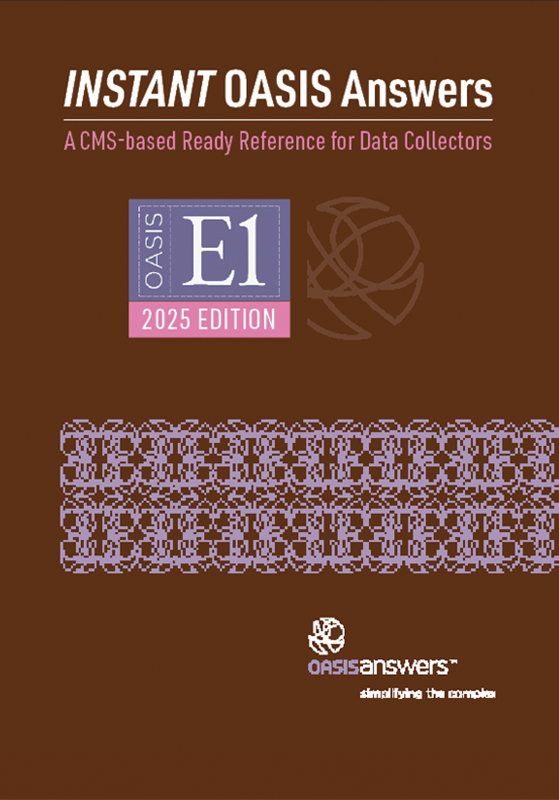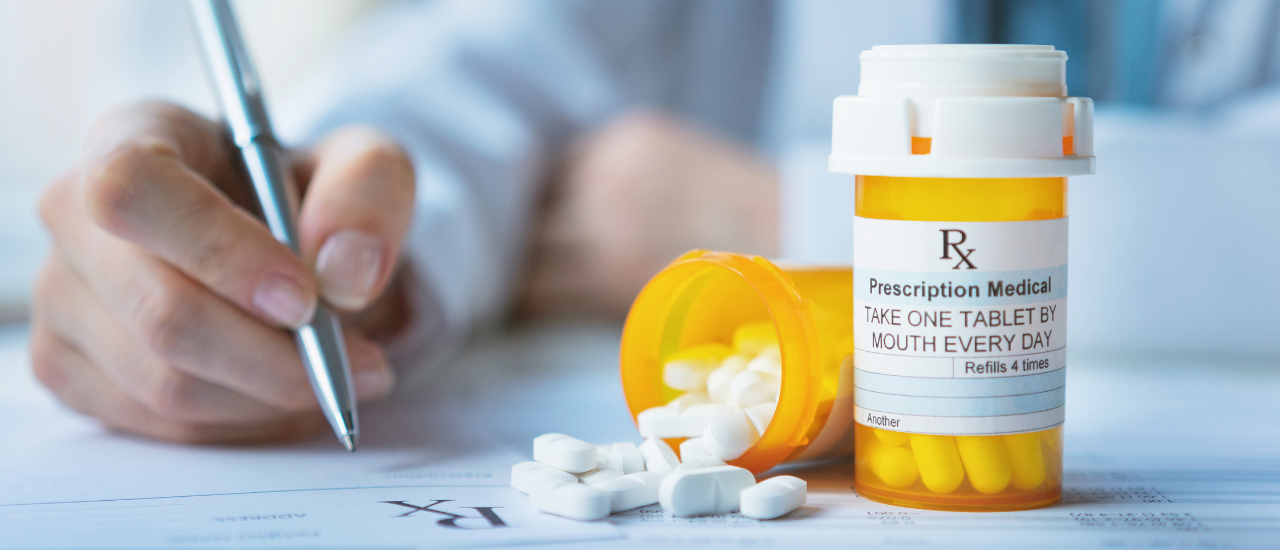by Megan Bernier, MSPT RAC-CT COS-C
With the Discharge Function Score quality measure being added to Care Compare in January 2025 and in the HHVBP CY 2025 Performance Year applicable measure set, it’s more important than ever to understand the accurate coding of the GG items used in the calculation of the measure.
This blog is Part 3 of a 3-part series on the Discharge Function Score Quality Measure.
- Part 1 – GG Items and Measure Overview
- Part 2 – GG Assessment Strategies
- Part 3 – How Activity Not Attempted Codes and Assistive Devices Impact Coding GG Items
Accurate coding of OASIS items and activities for GG0130 Self Care and GG0170 Mobility are the cornerstone of accurate measure results for the Discharge Function Score quality measure. This measure will be publicly reported on Care Compare in January 2025 and will be included in the expanded HHVBP Model applicable measure set beginning with the CY 2025 performance year beginning January 1, 2025.
This blog addresses some of the nuances of OASIS coding that can impact OASIS accuracy in coding the GG activities used in this measure.
Assistive Device Use
As CMS guidance instructs patients are to perform each activity as independently as possible, then the use of an assistive device will not lower the code that is selected. In fact, it might even result in coding that patient as more independent, allowing clinicians to select a higher performance code. We already mentioned in our previous blogs how introducing a new device isn’t considered as “providing a service” and there is more guidance associated with the use of assistive devices in Section GG.
- The patient may be assessed based on the first use of an assistive device or equipment that has not been previously used. The clinician would provide assistance, as needed, in order for the patient to complete the activity safely, and code based on the type and amount of assistance required, prior to the benefit of services provided by your agency staff.
- CMS does not provide an exhaustive list of assistive devices that may be used when coding self-care and mobility performance. Clinical assessments may include any device or equipment (including a stair lift) that the patient can use to allow them to safely complete the activity as independently as possible.
Use of an “Activity Not Attempted” Code
Finally, and this is an important piece of guidance to keep in mind, when selecting codes for the GG activities, use of an “activity not attempted” code should occur only after determining that the activity cannot be completed, and the performance code cannot be determined based on patient/caregiver report, collaboration with other agency staff, or assessment of similar activities.
As noted in our previous blog, the use of an activity not attempted code results in CMS applying statistical imputation to calculate what the code would be based upon how other items in the OASIS are coded. To ensure the most accurate data is used to calculate this measure, use the activity not attempted codes only when necessary, using all your assessment strategies (blogs 2 and 3) to accurately code the GG activities.
These coding tips offer a brief glimpse into GG item guidance. It is important that all clinicians, especially those completing OASIS assessments, are educated on the CMS-approved guidance as well as the additional guidance found in the OASIS Guidance Manual, CMS OASIS Q&As, and any applicable CMS Quarterly OASIS Q&As.
To be sure you are up to date with CMS guidance on OASIS, consider attending one of the OASIS Answers Blueprint for OASIS Accuracy 2-day classes.
___
Stay up to date on new CMS information related to HHVBP and OASIS accuracy.
- Follow OASIS Answers on Facebook, Instagram, or LinkedIn
- Sign up for our email list for regular updates and resources








